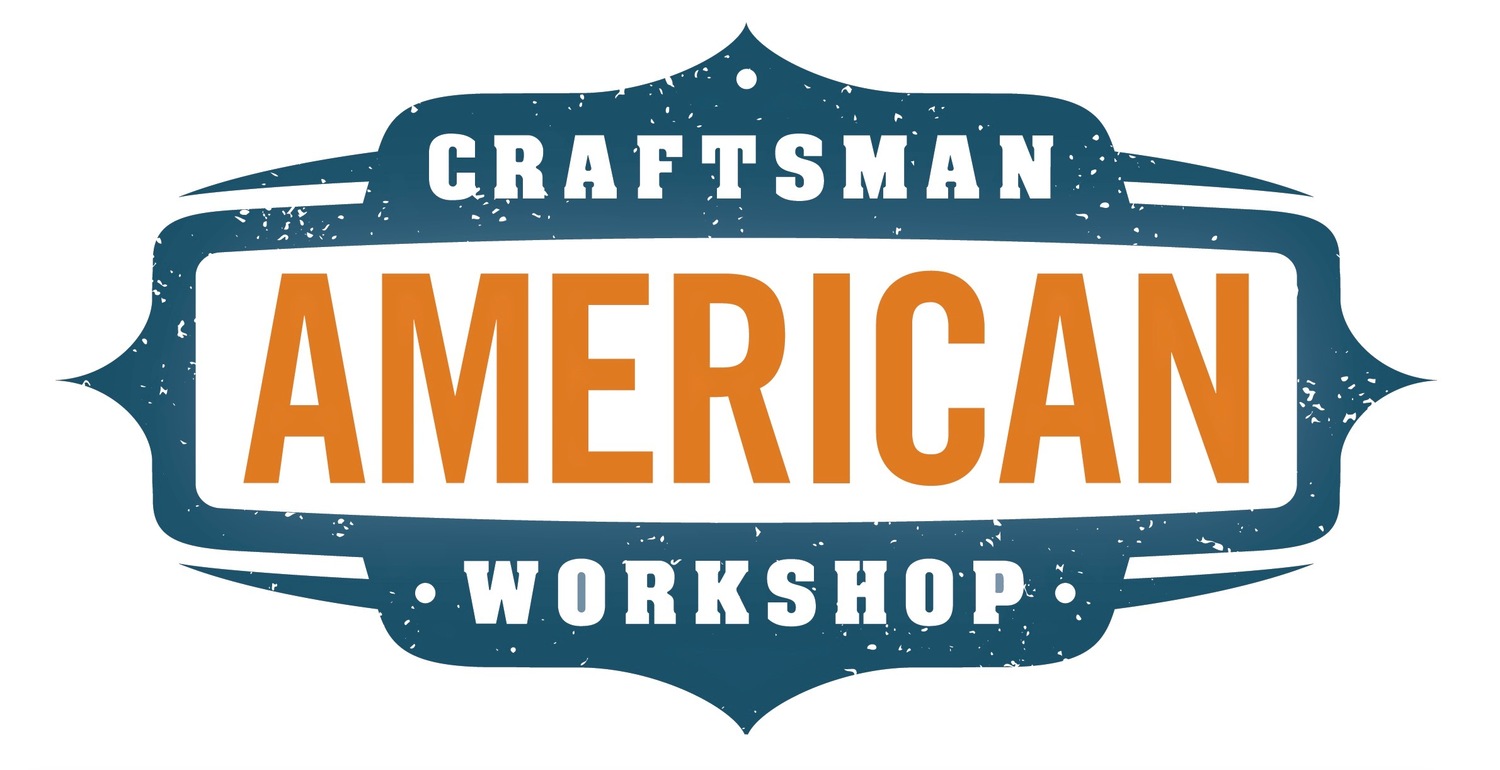The Miraculous Staircase
/Over the holidays, Rita and I decided to spend some time together. It is not very often, typically years apart, that we ever take time off and get away. This is something that I am starting to regret as I get older and have decided to change.
We have wanted to visit Santa Fe, NM for several years, so we decided to take a trip for the holidays. Rita's cafe is closed between Christmas and New Years, and I have mostly wrapped up client projects as I make the transition to the online woodworking school. Add to that, the low fuel prices, and this seemed like the perfect time to get away.
One of the great gems of Santa Fe is the Loretto Chapel.
It is a great piece of architecture and history in downtown Santa Fe. But this particular church is also renowned for housing the Miraculous Staircase.
The staircase is considered miraculous because of it's construction. It has no center pole for support, rather, it is a self-supporting double helix.
It is said that no nails or glue were used in the construction, it is simply wooden dowels or pegs. The stair case is really something to see and to consider, especially for the time it was built (1877-1881.)
The handrail was not part of the original stair construction but was added later.
It is reported that the staircase took 6 months to build by one craftsman, which I think is impressive. Being a part of the trades, I am pretty certain that even with today's technology, if you hired a custom shop to build that staircase, you would have the same amount of man hours in layout, construction, installation, and finishing. The hours would be added up over several workers involved with the project instead of just one man.
The staircase is a real engineering masterpiece and display for mastery of the craft. Especially when considering the time it was built and the minimum tools that were used. Seeing it in person is impressive and it left me in awe.
There is an intriguing backstory to how the stairs came to be built. But I will let you read that over at the official website for the Loretto Chapel.
At the time we visited, and I took the pictures, the staircase was decorated for the holidays. As the vertical ribbon hung down the middle of the staircase adorned with Christmas lights, it appears to have a pole in the middle, so it is difficult to get the full effect of the double helix being the only structure.
I hope you all have focused on enjoying the holidays with the ones you love. I look forward to the new year and starting a new journey as I create the online school to provide education and inspiration to the woodworking community.
Your friend in the shop,
Todd A. Clippinger
Share the Love - Share the Knowledge




























